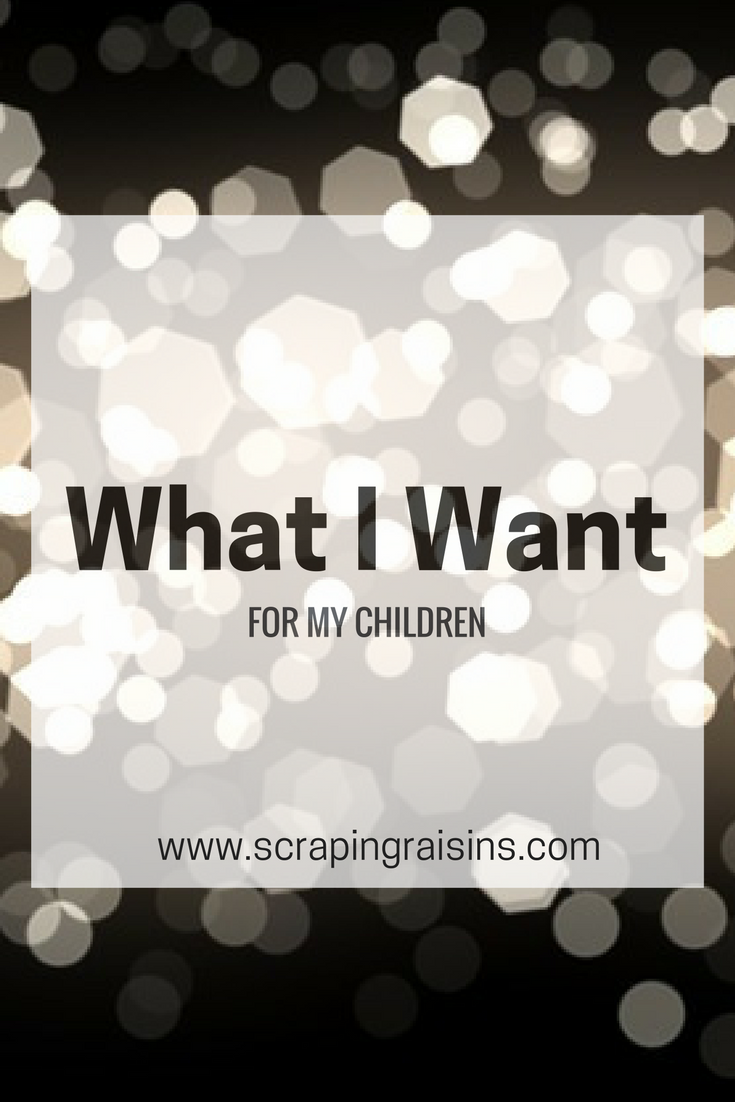“Kids do see color – and when parents ignore it, the lesson children learn is that diversity is something too scary to talk about.” –Kristen Howerton on Rage Against the Minivan Blog
Why is it important for white parents to talk to their kids about race?
People of color have these kinds of conversations with their children early and frequently, while white people often avoid discussing race with their children altogether. Many of us were taught not to talk about race in favor of being “colorblind.” But it turns out that colorblindness does more harm than good. Instead of raising tolerant children willing to build relationships across color lines, our silence forces our children to draw their own conclusions.
Several articles mentioned that just as you would not just wait for your teenager to learn about sex from the internet or friends, you should not wait for your children learn about race from an untrusted source. As parents, we are the first line of defense in fighting prejudice and racial bias in the next generation–through our children.
The more we talk about race with our kids, the easier it will get. Kids are not naturally awkward; we parents are the ones who need to overcome our fear and anxiety. Here’s my first attempt. I wrote a lesson plan. Because I’m a nerd. (And also a former teacher.)
A Lesson Plan for Talking to my Preschooler about Race for the First Time
(Age 3-5)
Objective: To equip my 4 ½ year old son and 2 ½ year old daughter with the vocabulary to talk about skin color in a positive way.
Materials:
Dolls of various skin tones
Books: Any book including characters of various races will do (don’t choose a book specifically about race—the purpose of this lesson is to normalize race, not talk about racism—that will be for a future lesson). Dr. Vittrup recommends using All the Colors We Are: The Story of How We Got Our Skin Color, by Katie Kissinger.
Optional: Skin-colored crayons
Activity 1: Books
Before reading, ask my kids questions about the appearances of the people in the pictures on the front of the book.
“What is the same about you and them? What is different? Do you know any people that look like this?”
Teach the word “melanin”: (“any of various black, dark brown, reddish-brown, or yellow pigments of animal or plant structures (as skin or hair”)
“Every person’s skin has different amounts of melanin in it, which makes their skin a different color.”
“God made every person on earth and called them ‘good,’ so every color of skin is beautiful.”
“What color is your skin?”
“Our skin is peach or very very light brown, but sometimes people call it ‘white.’ That just means you have less melanin in your skin.”
“Sometimes people call those with more melanin in their skin ‘black.” Everyone is really just different shades of brown.”
Read the book together, asking them to describe the characters throughout, using the descriptive words we talked about.
Activity 2: Dolls
Pull out the dolls and look at them together.
“What color is your doll’s skin? Do they have a lot of melanin or a little?
Application: Use the skin-tone-colored crayons to draw pictures of themselves and their friends or color in a coloring book. Talk about race throughout the week as we encounter different characters in books.
***
My kids are away for the weekend with my parents, but I’m hoping to have this conversation with them in the next couple days. I’ll let you know how it goes …
Additional resources for Talking to Our Kids about Race:
This post from the site Raising Race Conscious Children has tons of examples of scripts to explain difficult topics to kids of a variety of ages.
And this post from the same site has a great list of strategies to use in talking to our kids about race.
How Children Learn Who’s In and Who’s Out by Natasha Sistrunk Robinson for Redbud Post
Day 11: Resources for Talking to Our Kids about Race from Scraping Raisins
How to Not (Accidentally) Raise a Racist on The Longest Shortest Time Podcast interview with Dr. Brigitte Vittrup. The show notes for this podcast have a ton of great ideas for books and videos to watch to help educate yourself and your children on race.
**Contains Amazon affiliate links
New to the Series? Start HERE (though you can jump in at any point!).

During the month of March, 2017, I will be sharing a series called 31 Days of #Woke. I’ll be doing some personal excavating of views of race I’ve developed through being in schools that were under court order to be integrated, teaching in an all black school as well as in diverse classrooms in Chicago and my experiences of whiteness living in Uganda and China. I’ll also have some people of color share their views and experiences of race in the United States (I still have some open spots, so contact me if you are a person of color who wants to share). So check back and join in the conversation. You are welcome in this space.




















